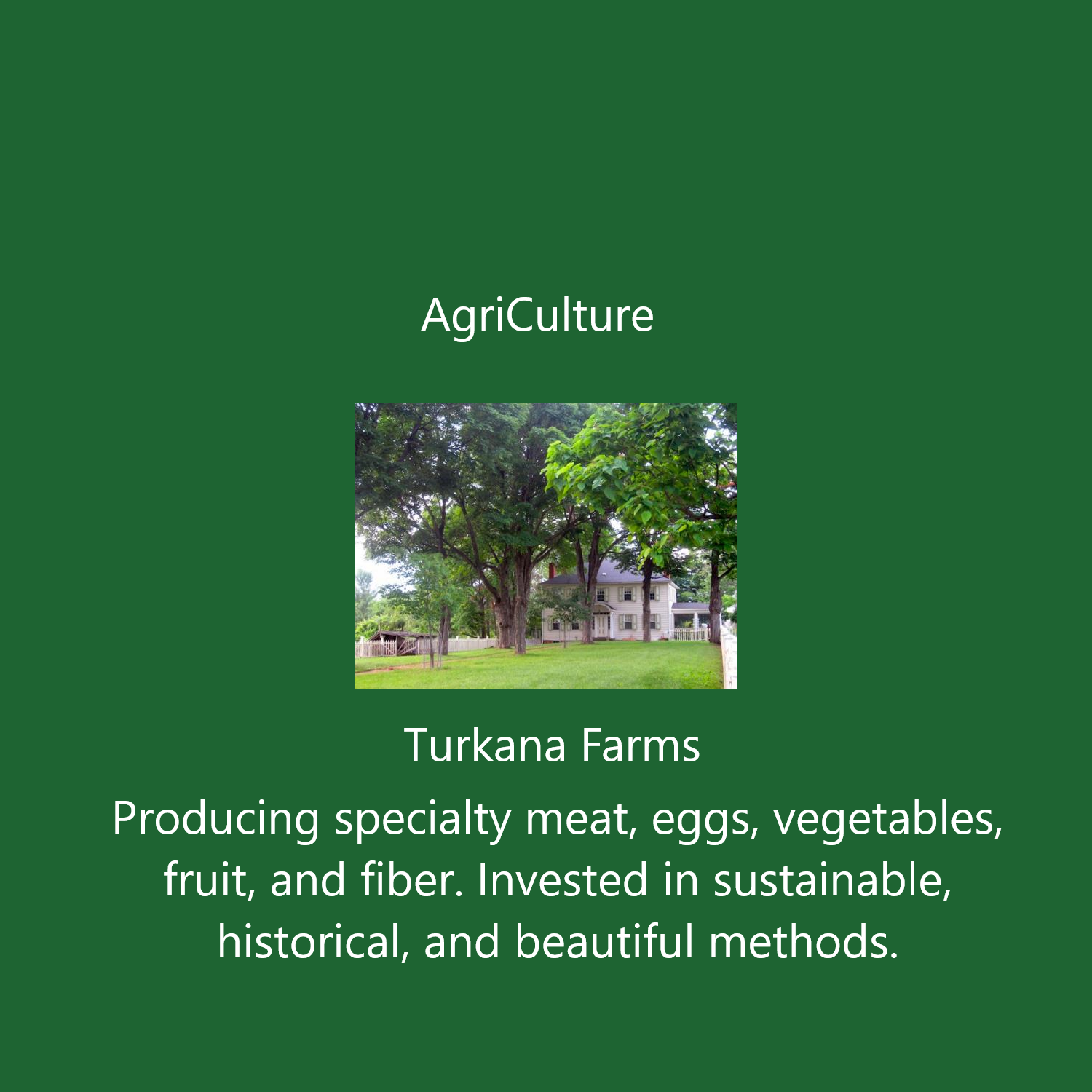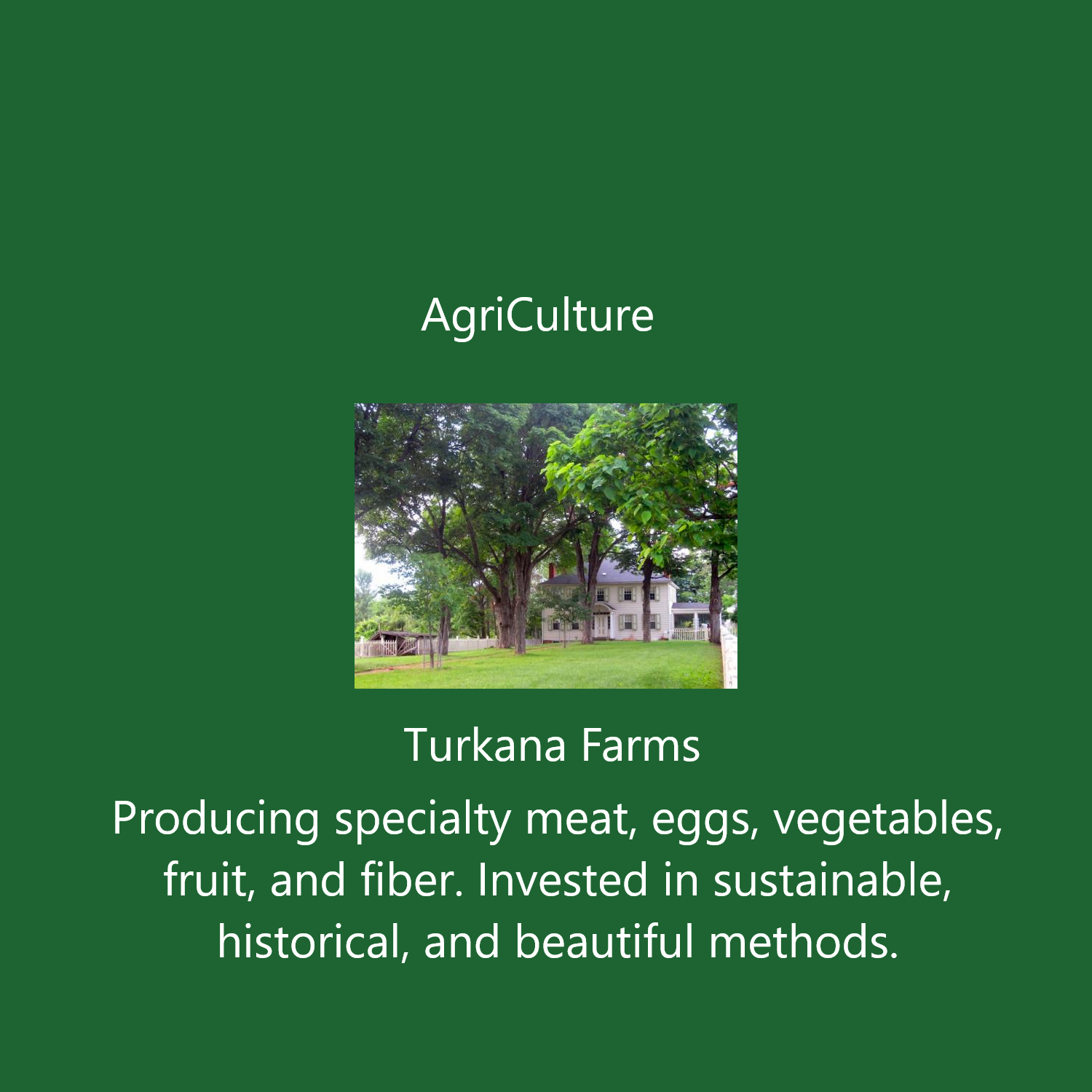How quickly they grow up. Those of you who followed the early tribulations of Doodle, the rejected lamb, will undoubtedly be pleased to learn that he has, at nearly two months old, grown into a feisty, vigorous little fellow. No longer does he need gentle encouragement to drink his bottle. The minute he sees me he pulls at my pants leg, insistently seeking the sources of milk he knows I bring him. He can drain three bottles in just a few minutes.
Only now, he’s been cut back to two bottles. The weaning process, transitioning him from milk replacer to a normal sheep diet of hay and grain, has begun. Weaning generally happens earlier in bottle fed lambs than in those raised by their mothers. It can proceed because the rumen, the adjunct chamber to the stomach where grass or hay ferment and become digestible, has developed. Accordingly, Doodle has joined the herd in grazing the pasture, which they do for ever more extended periods now that the punishing sun of the summer has abated. When the sheep get their grain treat, Doodle is right in the mix, gobbling up that candy as well.
Like any proud parent, my feeling of joy at his meeting milestones mixes with regret at his increasing independence and, I must fear, decreasing devotion to me. Will his affection live on when I am no longer his sole source of sustenance?
Twice in the last week I’ve had a taste of the psychological balancing act in Doodle’s mind and the corresponding conflict in my own. As I was doing chores I gave over the Doodle feeding to Arthur, visiting from Washington, and then a few days later to more frequent visitor Tom, while I undertook the less entertaining sheep-tending tasks in the barn. Both times, I could see Doodle’s hesitancy, as he interrupted gulping from the bottles they held with starts in the direction of following me around the barn. In the battle between his devotion to me and his desire for milk, the bottle always won. It was as it should be, but I can’t say I wasn’t feeling a little rejected.
The theory of weaning is that you gradually reduce and reduce the amount of milk until the addiction to it just fades out. Hopefully they barely notice. Over the last week I reduced Doodle’s meals by a quarter of a bottle every few feedings, until we got from three bottles to two. Doodle noticed the absence, and was not happy with it. He kept seeking more, sucking on my fingers. This is not a stress-free process, and it’s hard not to feel that I’m depriving him of something he needs.
This weekend, I am at Eric’s in Queens, awaiting the arrival from California of Perry, the son of my late partner, Peter. On this anniversary of Peter’s death, Perry and I will, as has become our tradition, take a boat ride around Manhattan, recalling the significant events in Peter’s life as we pass the places they occurred.
Being away from the farm means someone else must be there. This time, as so often, the task falls to Steve, who, the last time I departed the farm on vacation to Quebec, shepherded Doodle through his first tenuous days of life. In the weeks since then, I have received an untold number of impatient texts from Steve wondering why I have not yet sent the daily picture of Doodle he requested. As I reviewed the various changes in routine that Steve would face, and the details of the weaning process, Steve said he might feel compelled, given their strong and significant bond, to increase Doodle back up to three bottles during his visit, “like an indulgent uncle.”
“Absolutely do not!” I practically yelled. “This process can only go in one direction. If I have made any progress in pushing Doodle to independence, you will undo that.” I relented just a little bit – Steve could maintain Doodle at two full bottles each feeding, instead of imposing the next scheduled reduction. But, I tried to tell him, this reduction was ultimately for Doodle’s own good.
Try telling someone that it’s for their own good. Steve, as Doodle’s advocate, wasn’t really ready to buy that. But then, he relented a bit too. I reminded him that years after their weaning from the bottle, far older sheep like Nilufer and Sophie still continue to approach to be petted, acknowledging their special relationship and evidencing enduring bonds of affection. The balance of dependency may change, but even after weaning the bonds will remain.
WHAT'S AVAILABLE THIS WEEK:
Coming soon: fall crops, beets and daikon radish Zucchini: pale green or dark green, small 3 for $2, medium $2 each,
EGGS: $5/doz Less plentiful (flock has been decimated by predators) but still available Lamb chops $14/lb, ground lamb $7/lb, riblets $10/lb., butterflied leg of lamb $14/lb, shanks $12/lb Garlic: $2/head Mint, $1/bunch Fresh horseradish root: $4/lb. Garlic chives (flat leafed): $1/bunch Rhubarb $4/lb Sorrel $3/bag Shiso leaves, $1 for 10
FARM PICKUPS:
Email us your order at [email protected], and let us know when you'd like to pick up your order. It will be put out for you on the side screened porch of the farmhouse (110 Lasher Ave., Germantown) in a bag. You can leave cash or a check in the now famous pineapple on the porch table. Because I'm now here full time, we're abandoning regular pick-up times. Let us know when you want your order any day between 10 and 5, and unless there are unusual circumstances we'll be able to ready it to your convenience. If you have questions, don't hesitate to call or text at 917-544-6464 or email.

If you live near here, you’ve been encased in ice for the last day or so. A quarter inch of it wrapped around every...

My sheep are not stupid, you know. In fact, they seem to me to be getting smarter all the time. For example, when it’s...

Turkana Farms, LLC, is a small-scale producer of heritage breed livestock and a wide array of vegetables and berries on just over 39 acres...